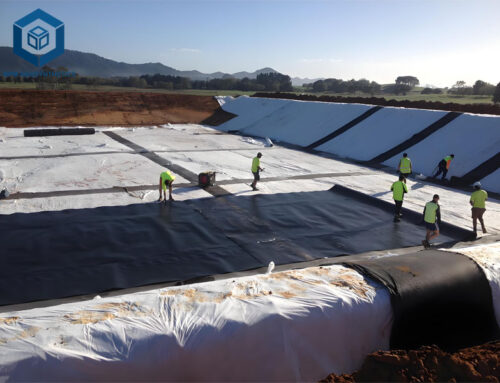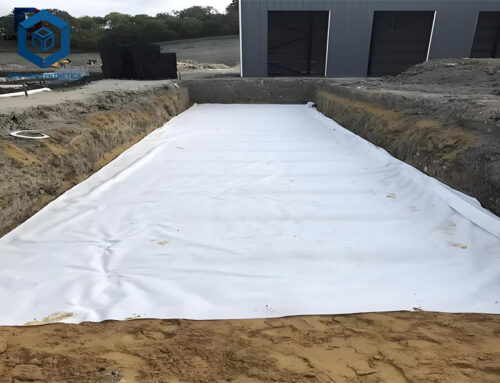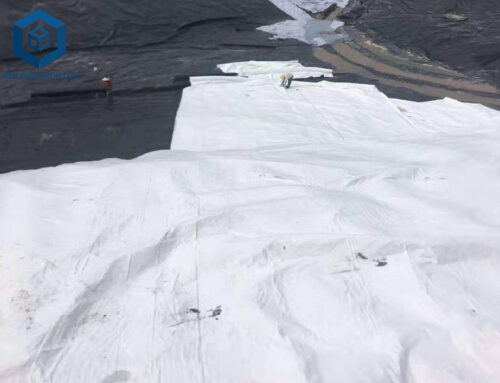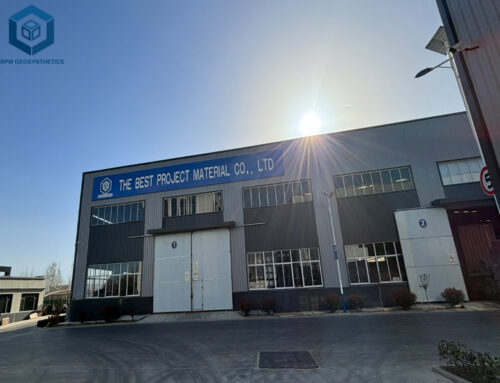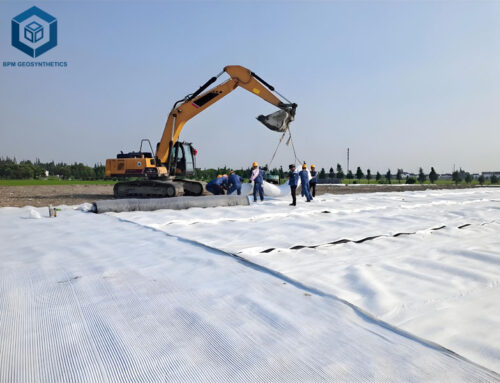In the ever-evolving field of civil engineering, the use of innovative materials is paramount to ensuring the longevity and stability of infrastructure projects. One such groundbreaking material is the geotech membrane, a versatile component that plays a critical role in various construction and environmental applications. Leading the way in this domain is BPM Geotextile, renowned for its high-quality geotextile membranes that have become indispensable in modern engineering solutions. This article delves into the intricacies of geotech membranes, exploring their composition, functionality, and the wide array of applications that make them essential in contemporary construction practices.
This introduction provides a clear overview of the topic while subtly incorporating BPM Geotextile, setting the stage for an informative and engaging article.
1. What Is Geotech Membrane?
A geotech membrane is a specialized type of synthetic liner that is used in civil engineering and environmental projects to manage seepage, control erosion, and protect soil structures. It is designed to be impermeable to water and other liquids, making it an essential component in applications such as landfill liners, waste containment facilities, and drainage systems.
The primary function of a geotech membrane is to prevent the migration of contaminants into the groundwater or surrounding environment, thereby safeguarding public health and preserving natural resources. These membranes are typically made from high-density polyethylene (HDPE) or other durable polymers, which provide excellent resistance to chemicals, UV radiation, and mechanical stress.
In addition to their role in environmental protection, geotech membranes also help stabilize slopes and embankments by reducing the movement of water through the soil. This can prevent landslides and other forms of soil erosion, ensuring the long-term stability of infrastructure such as roads, bridges, and buildings.
Overall, geotech membranes play a crucial role in modern engineering practices by providing effective solutions for managing water flow and protecting the environment. Their versatility and durability make them an indispensable tool for addressing a wide range of geotechnical challenges.
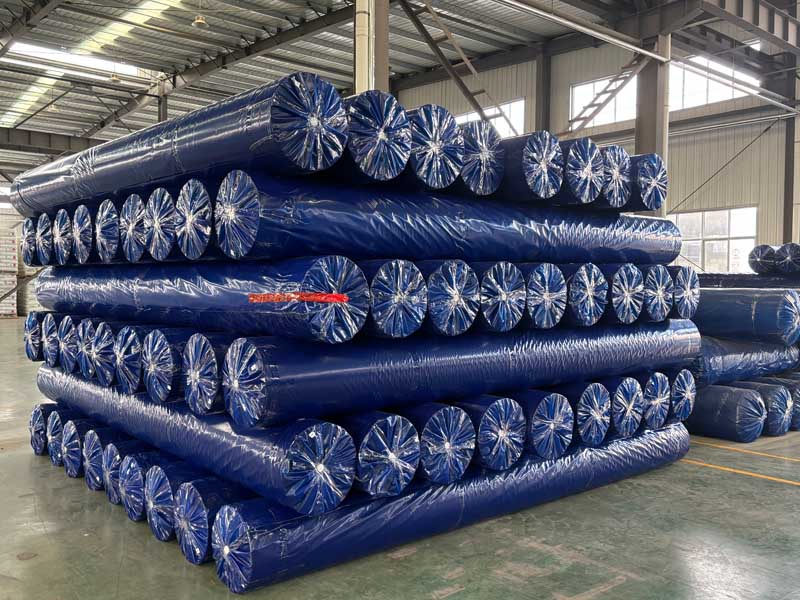
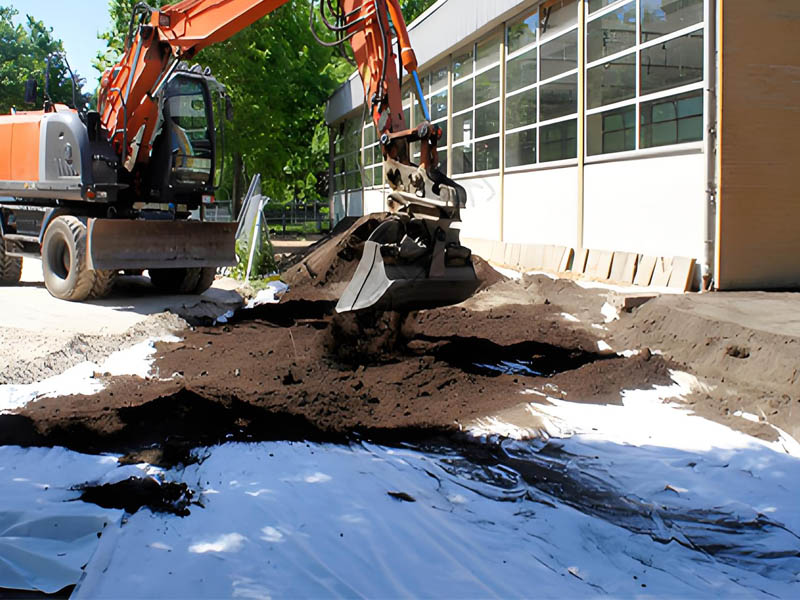
2. What Are Applications Of Geotech Membrane?
In industrial projects, geotechnical membranes have become crucial. They transform construction and environmental management. These materials are more than just barriers; they enable new solutions. They boost efficiency, sustainability, and performance in projects. Let’s explore their diverse applications in various industries.
2.1 Landfill Liner Systems: Safeguarding Our Environment
Geotechnical membranes are essential in landfill liners, preventing leachate from contaminating groundwater. These synthetic barriers act as impermeable layers, protecting soil and water resources from harmful pollutants. Their durability and chemical resistance make them ideal for demanding applications, ensuring compliance with environmental regulations.
2.2 Containment Ponds: Managing Hazardous Waste
Industries dealing with hazardous waste often require secure containment solutions. Geotechnical membranes are employed to construct containment ponds or basins that safely store liquid waste until it can be properly treated or disposed of. These membranes provide a robust barrier against leaks, minimizing the risk of spills and contamination. Their flexibility allows for custom designs to fit diverse site conditions, enhancing the overall safety and effectiveness of waste management systems.
2.3 Slope Stabilization: Enhancing Safety and Infrastructure
Slope failures pose significant risks to infrastructure and human safety. Geotechnical membranes play a crucial role in slope stabilization. By reinforcing embankments, they prevent soil erosion effectively. When combined with drainage systems, these membranes help control water flow. Reducing pressure that can lead to landslides is their primary function. This application is particularly crucial in regions prone to heavy rainfall or seismic activity. In such areas, traditional methods may prove insufficient for ensuring stability.
2.4 Mining Operations: Tailings Dam Management
Mining industries generate vast amounts of tailings—finely ground rock residues left after mineral extraction. Proper management of these tailings is essential to prevent environmental damage. Geomembranes are used in the construction of tailings dams, creating a secure containment system that minimizes leakage and runoff. By isolating the tailings from surrounding ecosystems, these membranes support sustainable mining practices and protect biodiversity.
2.5 Canal Lining: Efficient Water Conservation
In irrigation and water supply projects, geotechnical membranes in canal lining significantly reduce water loss from seepage and evaporation. These liners create a smooth surface, enhancing flow efficiency for more effective water delivery. Additionally, they prevent contaminants from entering the system, maintaining water quality and supporting agricultural productivity. This approach also conserves precious freshwater resources, ensuring sustainable usage.
2.6 Road Construction: Prolonging Pavement Lifespan
Geomembranes play a crucial role in road construction, especially in challenging conditions. They serve as a barrier against moisture and soil intrusion, enhancing road stability. By separating the subgrade from the pavement, they reduce rutting and extend the road’s lifespan. This results in cost savings and improved traffic flow for users.
3. How To Choose The Right Geotech Membrane?
In the realm of civil engineering and environmental management, selecting the appropriate geotextile geotech membrane is paramount. This guide aims to simplify the selection process, ensuring that your project benefits from the best materials available.
3.1 Key Factors to Consider
- Project Requirements: Assess the specific needs of your project. Are you looking for soil stabilization, erosion control, or waterproofing? Your objective will significantly influence the type of geotextile you choose.
- Material Type: Geotextiles come in various materials, including polypropylene, polyester, and polyethylene. Each has its advantages and is suited to different applications. For instance, polypropylene is known for its high tensile strength and resistance to acids and alkalis.
- Permeability: The ability of water to pass through the geotextile varies by product. Determine if you need a material that allows water to filter through while retaining soil particles or one that provides an impermeable barrier.
- Durability: Consider the longevity of the geotextile under the conditions it will be exposed to. UV resistance, chemical compatibility, and mechanical strength are crucial factors.
- Installation Ease: Some geotextiles are easier to install than others. If your project demands quick deployment, look for products that facilitate straightforward installation without compromising performance.
- Cost-Effectiveness: While it’s tempting to opt for the cheapest option, consider the long-term benefits and potential savings from choosing a higher-quality product that may last longer and require less maintenance.
3.2 Making the Right Choice
To navigate the myriad options available, consult with manufacturers or suppliers who can provide detailed specifications and advice tailored to your project. Additionally, consider seeking recommendations from industry professionals or reviewing case studies of similar projects.
In conclusion, choosing the right geotextile geotech membrane involves a careful consideration of several factors. By understanding your project’s requirements and the properties of different geotextiles, you can make an informed decision that ensures the success and longevity of your endeavor. Remember, the right choice not only enhances performance but also contributes to cost-effectiveness and sustainability.
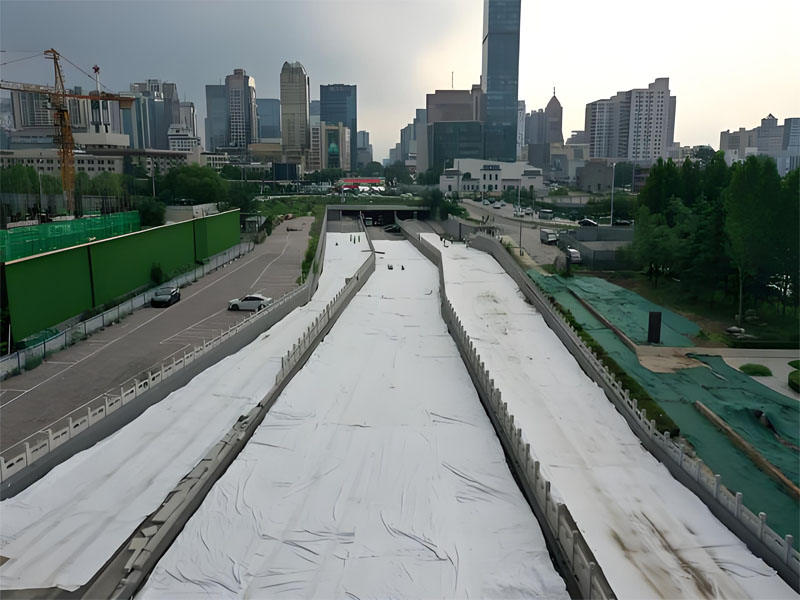
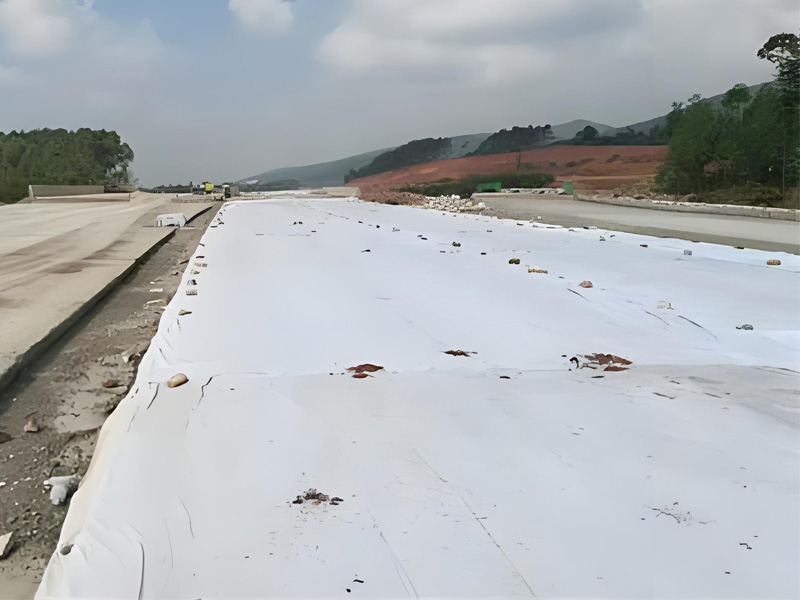
4. Summary
In conclusion, geotextile geotech membranes have proven to be indispensable in modern civil engineering and environmental management. Their unique properties make them ideal for a wide range of applications, from reinforcing soil structures to preventing erosion and managing water flow. By understanding the versatility and benefits of these materials, engineers and environmentalists can make more informed decisions that lead to sustainable and resilient infrastructure projects. Whether you are involved in construction, landscaping, or environmental conservation, considering the use of geotextile geotech membranes could significantly enhance the longevity and efficiency of your projects.If you have any questions, please contact us.

